Resolvit Tauranga Pest News
Over the winter, we have seen a huge population of rats. These have not been isolated to any one area. When checking jobs with rodent stations setup many times the stations have been completely empty with no bait remaining. Most jobs normally have some stations empty and some with bait remaining most jobs have ALL stations empty.
We have come face to face with rats when entering ceiling spaces or even just outside more times this season than in all years previously combined. Rats will normally hear us coming and make themselves scarce, it is unusual to see them.
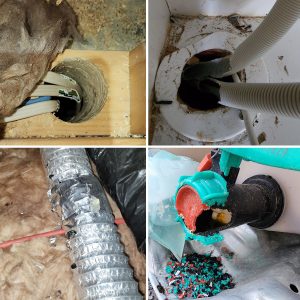
These photos show some of the damage we have seen recently. Damage to wires, pipes, ducting and commercial tanks.
We have seen large amounts of damage as well we often see chewed pipes etc but this season we have even seen them chewing through gib in the middle of walls and ceilings. Businesses have lost large amounts of stock and some even had to close while the problem was dealt with. Losing income as a result. We attended a holiday home where the rats had been on every surface in the house, there were even droppings between the pillows on the bed.
If you have stations set up on your property and they have not been checked for a while, consider getting them checked and bait replaced to protect your property. Rodent breeding season is about to start, and the already high numbers will only increase during spring.
Ants have been regular visitors as well. All the wet weather has forced them to find dry areas often inside homes. We have attended jobs with large numbers of ants which can be quite disconcerting. They have been displaying unusual behaviour gathering in groups and walls and ceilings. This is most likely due to the nest site being disturbed and these are workers without a job, the large numbers can be disconcerting.
Carpet beetle damage has been more common with people finding damaged carpet while moving or spring cleaning. We are getting regular calls these pests love to eat natural fibres and feathers. Check for damage behind and under furniture not moved often.
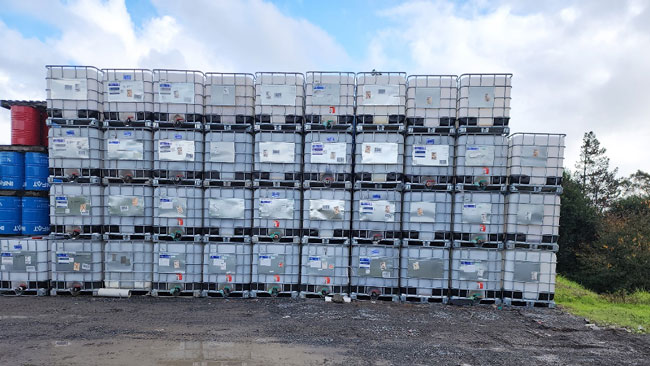
Rodent damage can happen quickly. These tanks were all chewed over one weekend. They had a milk protein residue in them that attracted the rats. These tanks all had to be dumped.
New tool for rodent control
A new gel bait for rodent control has been released. This is a different approach to rodent baiting and provides us another option to help control rodents at your place. The gel can be used in bait stations and in areas such as ceiling cavities. If the rats are chewing on something, we can place this product directly where they have been gnawing. This means they will find the bait easily and we get rid of them quickly. It is designed to withstand high temperatures so if used in a ceiling it will not run or liquify in the summer. The rodents must eat it, they cannot carry it away. Mice do not need to drink and get their moisture from food, so the gel is very attractive to them. We have used the gel with other baits to see a performance comparison, it is often the first bait taken. So, we are pleased to have more ammunition in the fight against vermin.
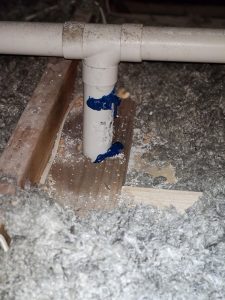
Rodent gel bait applied to the pipe where the damage occurred. The rodents will find this and consume it more quickly. This will mean a faster resolution to the infestation
Norway Rat
Norway rats (aka Brown rat) are a common pest problem in urban and rural areas in Tauranga Katikati Waihi and surrounds. These rats are the largest of the species we deal with measuring around 25 cm without tail and averaging 500grams an Alpha male can weight 800grams. They have a brown or greyish-brown fur with a pale underside and a blunt nose. The tail is generally short than the body and they have small ears.
Life Cycle and Reproduction
They can reproduce quickly, with females producing 3-6 litters per year, each with an average of 7-8 pups. The gestation period is around 3 weeks, and the pups become sexually mature at around 3-4 months old. This rapid reproduction allows the rat population to grow quickly, causing significant problems for homeowners and businesses. It is believe due to our mild climate in the Bay of Plenty that they breed year round.
Colony Structure and Behaviour
Norway rats are social animals that live in groups called colonies. Often in extensive burrow systems but they will use anything for shelter and a home. Such as rubbish piles and firewood stacks. They have a rigid hierarchy, with dominant males (called alpha males) leading the colony and defending their territory against other males. Norway rats are primarily nocturnal, meaning they are active at night and sleep during the day. They are also good climbers, swimmers, and burrowers, making it easy for them to access buildings and food sources.
Why control them
Norway rats wreak havoc, causing significant damage. Their teeth grow continuously so they gnaw obsessively. They pose a threat to property through damage to wiring, plumbing, wood and walls leading to fire and flood risk. Additionally, their faeces and urine contaminate surroundings and property, spreading disease and triggering allergies. They consume and foul millions of dollars’ worth of human and animal food each year.
Control of Norway Rats
Integrated Pest Management (IPM) is a holistic approach to pest control that involves a combination of prevention, monitoring, and treatment strategies. Home and business owners can implement various IPM controls to prevent and control infestations.
- Sanitation: Keep your property clean and free of clutter, especially in areas where rats may find food and shelter
- Access: Seal cracks, gaps, and holes in walls, floors, and foundations to prevent rats from entering your building.
- Food: Store food in airtight containers and keep kitchen areas clean not allowing spillage to accumulate.
- Harbourage/Habitat: Remove piles of debris and clutter from your property, and keep vegetation trimmed back. Especially if touch the roof as this can allow easy access. Remove any rubbish pile etc from the garden area old construction material piles of weeds or tree trimmings can provide shelter if not removed promptly.
- Water Sources: Repair leaks and remove standing water from your property. Rats need to drink daily around 10% of their body weight.
- Pets: If you have pets, it is essential to take additional measures to prevent Norway rat infestations. Store pet food in airtight containers and clean up any spilled food or water promptly. Keep pet areas clean and free of clutter and monitor for signs of rat activity. Rats can become quite brazen when a foo source is found. We have seen them enter through cat flaps to steal pet food inside.
Professional help
We can help with a plan to control Norway rats at your property. This will most likely involve some of the above measures. We can also implement a baiting program to cleat existing infestations then keep them away. Once a property has had a rat infestation it is at high risk of reinfestation. The scent trails they leave behind are like a signpost to any new rats that enter the now vacant territory. These will follow these old trails into the building and before you know it the problem is back. By maintaining the property and having a monitored baiting program you can reduce the risk of them setting up home at your place again.
Norway rats are a common pest problem in Tauranga, and their rapid reproduction and destructive behaviour can cause significant problems for homeowners and businesses. By implementing integrated pest management controls and working with a professional pest control company, you can prevent and control Norway rat infestations and protect your property and health.
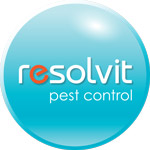
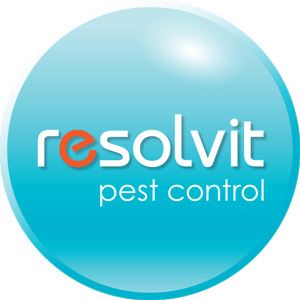

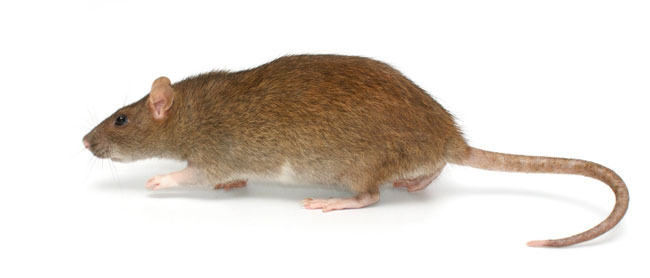
Comments are closed.